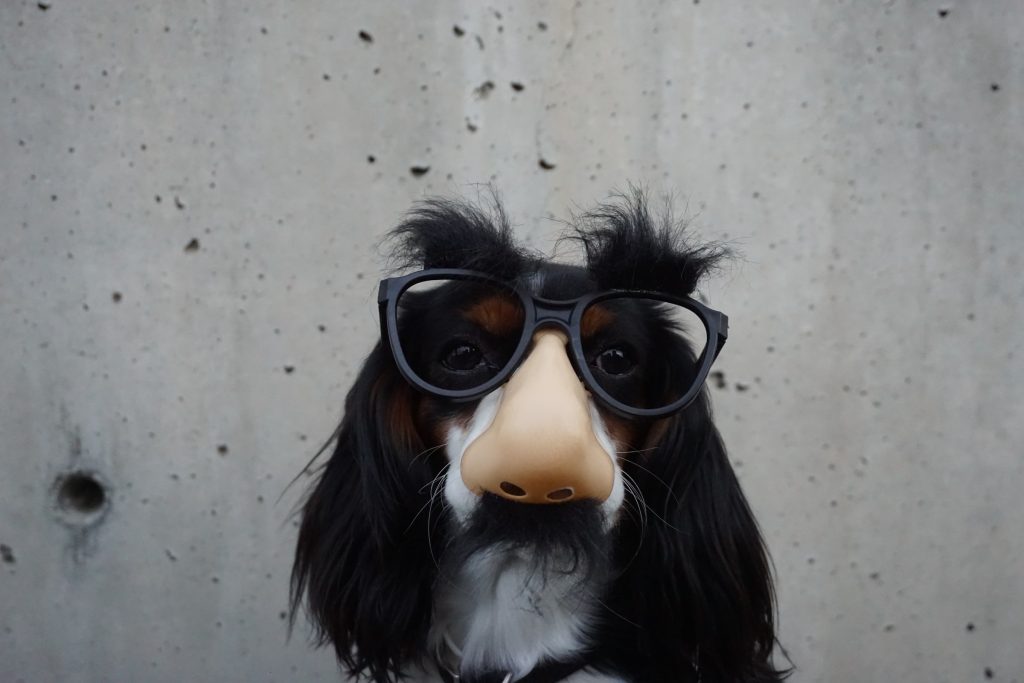This post is also available in Dutch.
Imagine having a casual conversation and your conversation partner suddenly sniffs… No need to run off immediately to get tested for Corona; though people obviously sniff to prevent snot leaving their nose, it seems that the act of sniffing – a short, powerful and audible inhalation through the nose – also fulfills a useful communicative function during conversations!
Turn-taking
People devote a large portion of their time to talking: gossiping with colleagues or classmates during breaks and discussing the day with friends or family in the evening. Though these conversations can be on a whole range of topics, their structure is consistent: people takes turns talking. When somebody talks to you, you are probably keeping quiet, but at the end it’s your turn to talk. This is what language scientists fittingly call turn-taking.
Typically in turn-taking people prevent talking over each other (which is considered to be rude) and at the same time try to leave as short a gap as possible in between turns. This is complicated, but people are very good at it: when you ask someone a question, the odds are high you will receive an answer within 200 milliseconds. That’s fast! It’s remarkable we can time our talking so well in coordination with our conversation partner. Apparently, it seems that sniffing plays a role in this!
Sniffing
Elliott Hoey, a language scientist who obtained his doctorate in Nijmegen, researched the exact role of sniffing in a new investigation. To figure this out, he monitored all kinds of conversations and looked at in what moments people were sniffing and what function this action served. An important characteristic of sniffing is a closed mouth. This means you cannot talk when you sniff. It seems that this exactly reveals its function: sniffing is a signal you will not talk for a moment.
If somebody sniffs at the beginning of their turn, for example in response to a question, it signals a delayed answer. Normally when somebody does not answer your question, you assume they did not hear or understood the question well enough, prompting us to repeat the question. This is because we are used to responding quickly. With a sniff, the respondent can signal they have understood the question, but require some time to answer. This also ensures the other participants in the conversation know it is still the ‘sniffer’s’ turn. People often delay their answers when they give an undesirable reply, for example having to decline an invitation. Right before such an undesirable answer, people appear to often sniff, possibly to postpone this uncomfortable moment just a while longer, while keeping their turn.
People can also sniff during their turn. This also indicates a delay, for instance when the speaker is searching for a word or touching upon a sensitive subject. For example, Elliott Hoey describes a case where a boy ends the relationship with his girlfriend via the telephone. Just before explaining why (‘we are too different’), he sniffs, indicating that what follows is hard for him to say.
Finally, people can sniff at the end of their turn as well, for instance when they just finished telling a story. In this case, the sniff signals the end of their turn, and the other person can start talking. This way sniffing contributes to a smooth turn-taking, with little overlap and short breaks.
It appears sniffing either indicates a short delay or the end of a turn. Of course, people still sniff when they have a cold, but this research indicates that sniffing also plays a role in communication!
Credits
Original language: Dutch
Author: Marlijn ter Bekke
Buddy: Jeroen Uleman
Editor: Felix Klaassen
Translation: Floortje Bouwkamp
Editor translation: Marisha Manahova
Picture by Braydon Anderson on Unsplash
